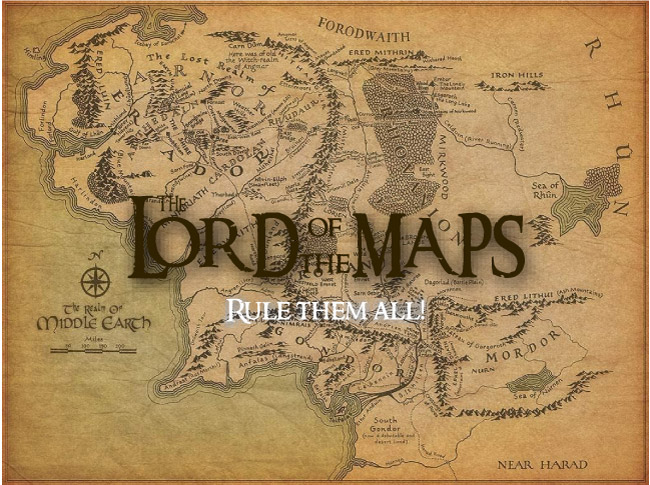
Search
Ali Haidar (VC)

Ali Haidar Khan (21 August 1913 – 15 July 1999) was a Pakistani recipient of the Victoria Cross, the highest and most prestigious award for gallantry in the face of the enemy that can be awarded to British and Commonwealth forces. During the Second World War, at Fusignano, Italy, 31-year-old Ali Haidar, serving in the British Indian Army, performed an act of bravery for which he was awarded the Victoria Cross.
Details
He was 31 years old, and a Sepoy in the 6th battalion 13th Frontier Force Rifles, in the British Indian Army during World War II. Ali Haidar and his regiment were involved in the evacuation from Dunkirk in 1940. The battalion arrived in Dover, England from Dunkirk in June 1940 and they were soon merged into the other battalions of the 13th Frontier Force Rifles. Ali Haidar's battalion was stationed in Brighton for most of the war until it was sent to be part of the Allied liberation of Italy. The regiment was first sent to North Africa to partake in some battles during the North African campaign. Once in North Africa, the Regiment underwent further training at Casablanca. By April 29, 1944, the Regiment had landed in Italy. In 1945, the regiment was in Italy when the following deed took place for which Ali Haidar was awarded the VC.
On 9 April 1945 near Fusignano, Italy, at the start of the Allied Spring 1945 offensive in Italy Haidar's battalion was tasked with a difficult assault crossing of the Senio River. Only Sepoy Ali Haidar and the two other men of his section managed to get across under heavy machine-gun fire. Then, Without orders, and on his own initiative, Sepoy Ali Haidar, leaving the other two to cover him, charged the nearest post which was about 30 yards away. He threw a grenade and almost at the same time the enemy threw one at him, wounding him severely in the back. In spite of this he kept on and the enemy post was destroyed and four of the enemy surrendered. With utter disregard of his own wounds he continued and charged the next post in which the enemy had one Spandau and three automatics, which were still very active and preventing movement on both banks. He was again wounded, this time in the right leg and right arm. Although weakened by loss of blood, with great determination Sepoy Ali Haidar crawled closer and in a final effort raised himself from the ground, threw a grenade, and charged into the second enemy post. Two enemy were wounded and the remaining two surrendered.
Taking advantage of the outstanding success of Sepoy Ali Haidar's dauntless attacks, the rest of the Company charged across the river and carried out their task of making a bridgehead. Sepoy Ali Haidar was picked up and brought back from the second position seriously wounded. He was sent to Lanciano to be treated for his wounds. He then fought in the Arzignano, Marino, Pescara, Verona and Milan sectors of the campaign and eventually retired from the army after the war ended. The conspicuous gallantry, initiative, and determination combined with a complete disregard for his own life shown by this very brave Sepoy in the face of heavy odds were an example to the whole Company. His heroism had saved the rest of the company. With the rapid advance which it was possible to make the Battalion captured 3 officers and 217 other ranks and gained their objectives. The rest of the company were then able to cross the river and establish a bridgehead. Due to his bravery, he received the Victoria Cross from King George VI in October 1945. He retired to a small scrub farm with his wife in his hometown of Kohat and died on 15 July 1999.
Further information
He was born in Kohat, North-West Frontier Provinces of the British Indian Empire in what is now Khyber Pukhtunkhwa, Pakistan to a Bangash Pashtun family. He would achieve the rank of Naib Subedar in his parent battalion, 6th Royal Battalion 13th Frontier Force Rifles which later redesignated as 1st Battalion (Scinde) The Frontier Force Regiment. His VC is on display in the Lord Ashcroft Gallery at the Imperial War Museum in London. On 9 April 2017 the Mayor of Lugo di Romagna Davide Ranalli unveiled a Memorial dedicated to VC Ali Haidar upon the Senio River western bank in the vicinity of the Sabbioni area. The ceremony was attended by several Italian politicians including the mayor of Rome.
Official citation
The official citation for Haidar's award, published in the London Gazette in July 1945 reads:
See also
- List of Indian Victoria Cross recipients
Awards and decorations
References
External links
- Ali Haider
- Burial location of Ali Haider "Pakistan"
Text submitted to CC-BY-SA license. Source: Ali Haidar (VC) by Wikipedia (Historical)
Articles connexes
- Ali Haidar
- Indian Army during World War II
- Ali-Shir Nava'i
- Memorial Gates, London
- List of Victoria Cross recipients (A–F)
- Deaths in May 2023
- List of Victoria Cross recipients by nationality
- List of Victoria Cross recipients of the Indian Army
- Timur
- T. E. Lawrence
- Indira Gandhi
- Bangash
- Harvard University
- Frontier Force Regiment
- Attention deficit hyperactivity disorder
- Lebanon
- Edward Said
- List of Second World War Victoria Cross recipients
- 8th Infantry Division (India)
- Arthur Wellesley, 1st Duke of Wellington
Owlapps.net - since 2012 - Les chouettes applications du hibou



